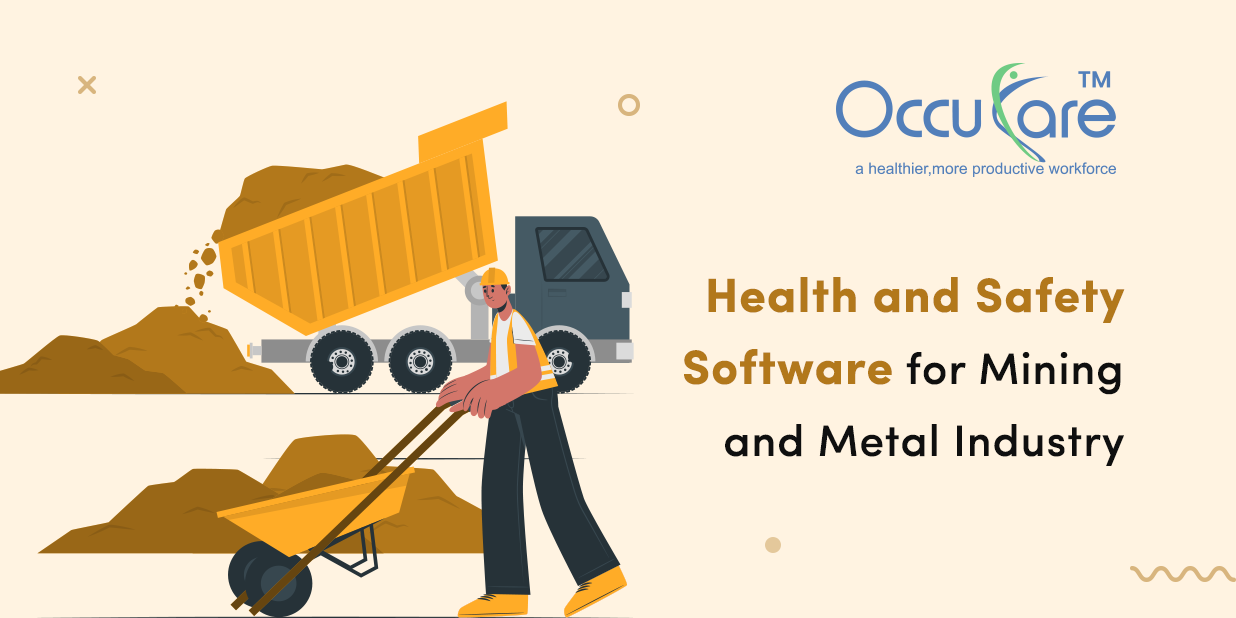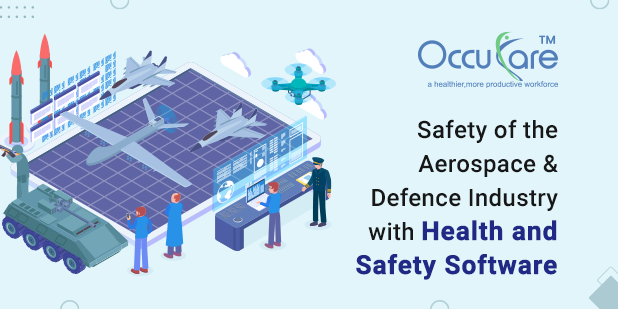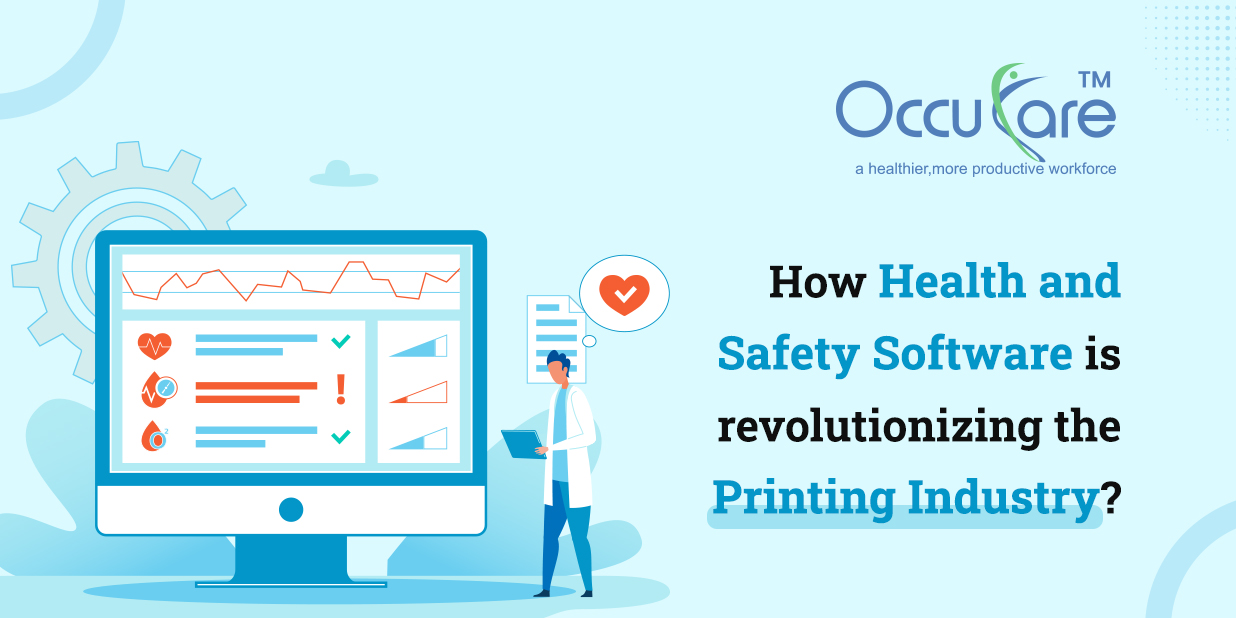The metal and mining sectors have long been recognized for their hazardous work environments. There are several risks associated with the search for precious resources beneath the surface of the Earth, which make worker safety extremely difficult. With the use of cutting-edge technology, the mining and metals industries have improved health and safety standards significantly in recent years, with health and safety software setting the benchmark. This blog explores “beneath the surface”—that is, how health and safety software is changing the way that mining and metal activities are safe.
Importance of Health and Safety in Mining and Metal Industries :-
Let’s first examine the importance of safety in various sectors before delving into the function of health and safety software. Working in tight areas, operating large equipment, handling hazardous materials, and coping with unstable geological conditions are all common in the mining and metal extraction industries. Because of its inherent hazards, this workplace necessitates the highest standards of safety measures to safeguard employees’ lives and well being.
Challenges faced by Metal and Mining Industry for managing Health and Safety of Employees :-
Managing the health and safety of its workforce presents many issues for the mining and metals industries. Although these issues can be difficult and complex, solving them is crucial to ensuring the workforce’s well being.
Here are some of the key challenges faced by the metal and mining industry in managing health and safety :
1. High-Risk Environment:
The environments in which mining and metal extraction occur are by nature dangerous. There is always a chance of mishaps like rockfalls, cave-ins, and occurrences involving machinery. The task of controlling and reducing these dangers is never-ending.
2. Heavy Machinery:
In the metal and mining industries, heavy machinery is a typical sight. These equipment have the potential to cause fatalities or very serious injuries in accidents. Safety requires proper machinery monitoring, maintenance, and training.
3. Toxic Substances:
It is usual practice to handle and be exposed to dangerous chemicals and materials. Safe handling, storage, and use of personal protective equipment (PPE) are essential in preventing health hazards associated with chemicals for workers.
4. Geological Hazards:
For miners and metalworkers, geological circumstances including unstable rock formations and seismic activity provide a serious risk. For safety, controlling and keeping an eye on these circumstances is essential.
5. Emergency Response:
It can be difficult to respond to emergencies in isolated areas like deep mines. Critical concerns include the availability of emergency services and the speed at which injured workers can be reached and evacuated.
6. Safety Culture:
Establishing a robust safety culture is a continuous endeavor. It can be challenging to persuade management and staff that safety comes first, particularly in high-pressure production settings.
7. Regulatory Compliance:
Strict safety laws and compliance standards apply to the mining and metals industries. Ensuring complete compliance and staying on top of evolving rules can be difficult tasks.
8. Training and Education:
Giving staff members thorough training can be difficult, particularly in rural locations. It is crucial to make sure that employees are knowledgeable about safety protocols and have the necessary tools.
9. Aging Infrastructure:
Many mining and metal facilities operate with aging infrastructure. Maintaining and upgrading facilities to meet modern safety standards can be resource-intensive.
10. Environmental Concerns:
Environmental concerns and safety must coexist in the sector since certain safety precautions may have negative effects on the environment. It is a difficult task to find solutions that safeguard the ecology as well as the workforce.
11. Remote Locations:
Facilities for producing metal and mining are frequently found in isolated or difficult-to-access locations. It may be challenging to get emergency care and medical facilities in a timely manner, which makes treating injuries in a timely manner challenging.
12. Technological Integration:
Integrating modern technology, such as health and safety software, into traditional mining and metal operations can be met with resistance and logistical challenges.
A multifaceted strategy is needed to address these issues, including a dedication to safety culture, frequent training, technological investments, and stringent adherence to safety laws. The metal and mining sectors can lower the likelihood of mishaps and enhance worker wellbeing by putting health and safety first.
Solution of challenges faced by metal and mining industry to manage Health and Safety of employees :-
Addressing the challenges faced by the metal and mining industry in managing the health and safety of employees requires a comprehensive and proactive approach. Here are some solutions to these challenges:
1. Risk Assessment and Mitigation:
- Conduct thorough risk assessments to identify potential hazards.
- Develop and implement strategies to mitigate risks, such as improved geo-technical assessments, reinforcing rock structures, and using ground support systems.
2. Training and Education:
- Provide comprehensive training for all employees on safety procedures and best practices.
- Use virtual reality simulations and e-learning modules to prepare workers for specific hazards they may encounter.
3. Safety Equipment and PPE:
- Ensure that all employees have access to and are trained in the proper use of personal protective equipment (PPE).
- Regularly inspect and maintain safety equipment and PPE to ensure their effectiveness.
4. Machinery Safety:
- Implement strict maintenance schedules for heavy machinery.
- Utilize safety technology such as collision avoidance systems and remote monitoring to prevent machinery-related accidents.
5. Emergency Response:
- Develop and regularly practice emergency response plans.
- Invest in communication and tracking systems to locate and evacuate employees quickly in emergencies.
6. Fatigue Management:
- Create work schedules that allow for sufficient rest and minimize fatigue.
- Implement fatigue management programs that educate employees about the importance of rest and alertness.
7. Safety Culture:
- Promote a strong safety culture from the top down, with a clear commitment to safety from management.
- Encourage open communication about safety concerns and reward safe practices.
8. Environmental Responsibility:
- Strive for a balance between safety and environmental concerns.
- Invest in sustainable practices and technologies that minimize the impact on the environment.
9. Advanced Technology:
- Embrace health and safety software for real-time monitoring and predictive analytics.
- Integrate wearable devices that monitor workers’ health and well-being.
10. Regulatory Advocacy:
- Advocate for favorable safety regulations that balance the interests of employees and the industry.
- Collaborate with regulatory bodies to provide insights and feedback on proposed regulations.
- The mining and metals sectors may greatly enhance worker health and safety and promote a continuous
- improvement culture in safety procedures by putting these solutions into effect. In addition to safeguarding the workforce, this will improve the sustainability and reputation of the sector.
Future Prospects :-
Health and safety software is not without problems, despite the fact that it has transformed safety standards in the mining and metal industries. The initial outlay may be substantial, and certain employees may be resistant to change. Furthermore, there may be financial and logistical difficulties associated with the software’s continual upkeep and updates.
But these difficulties are greatly outweighed by the advantages. We may anticipate increasingly more advanced health and safety software in the mining and metals sectors as technology develops, improving safety regulations and eventually saving lives.
Conclusion :-
To sum up, health and safety software has revolutionized the way the metal and mining industries handle safety. Predictive analytics, training modules, and real-time monitoring give employees the tools they need to manage the risks that come with their positions. Going forward, the combination of technological advancements and human experience will improve safety even more, making “beneath the surface” work safer and more effective than in the past. Any respectable mining or metal enterprise must implement health and safety software; it is not an option.





